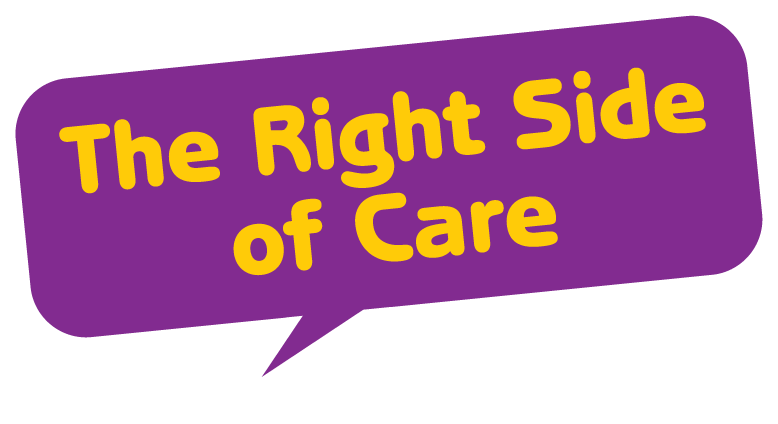Accessibility statement
This accessibility statement applies to therightsideofcare.com.
This website is run by Wirral Council. We want as many people as possible to be able to use this website. For example, that means you should be able to:
- change colours, contrast levels and fonts using browser or device settings
- zoom in up to 400% without the text spilling off the screen
- navigate most of the website using a keyboard or speech recognition software
- listen to most of the website using a screen reader (including the most recent versions of JAWS, NVDA and VoiceOver)
We’ve also made the website text as simple as possible to understand.
AbilityNet has advice on making your device easier to use if you have a disability.
How accessible this website is
We know some parts of this website are not fully accessible:
- most PDF documents are not fully accessible to screen reader software
- the search bar does not have a form label
Feedback and contact information
If you need information on this website in a different format email juliesmith1@wirral.gov.uk and tell us:
- the web address (URL) of the content
- your name and email address
- the format you need, for example, large print, easy read, audio recording or braille
If you cannot view the maps on the contact pages for any of our buildings call or email us for directions.
Reporting accessibility problems with this website
If you find any problems not listed on this page or think we’re not meeting accessibility requirements, email juliesmith1@wirral.gov.uk. Our web team will look into the problem and get back to you.
Enforcement procedure
The Equality and Human Rights Commission (EHRC) is responsible for enforcing the Public Sector Bodies (Websites and Mobile Applications) (No. 2) Accessibility Regulations 2018 (the ‘accessibility regulations’). If you have reported the problem to us and you are not happy with how we have responded contact the Equality Advisory and Support Service (EASS).
Technical information about this website’s accessibility
Wirral Council is committed to making its website accessible, in accordance with the Public Sector Bodies (Websites and Mobile Applications) (No. 2) Accessibility Regulations 2018.
Compliance status
This website is partially compliant with the Web Content Accessibility Guidelines version 2.2 AA standard, due to the non-compliances and exemptions listed below.
Non-accessible content
The elements listed below are not accessible and do not comply with the accessibility regulations:
PDF documents
Some documents on this website are in PDF and are not accessible. We have stated where PDF documents are intended to be printed. This makes them exempt from the regulations, as all of the content in the documents is also available as html web pages.
What we’re doing to improve accessibility
Where documents are published as PDF, not for printing, we are working to replace them with html pages.
We are working to fix the search bar so it has a form label.
We use online tools to help make sure that the text on this website is easy to understand.
Preparation of this accessibility statement
This statement was prepared on 13 February 2024.
This website was last tested in Ocotber 2025. The test was carried out by Silktide.
